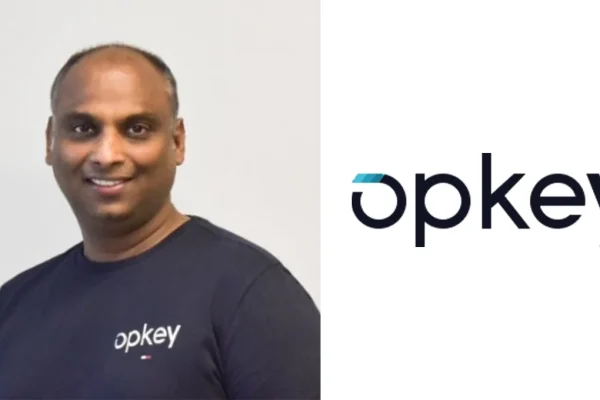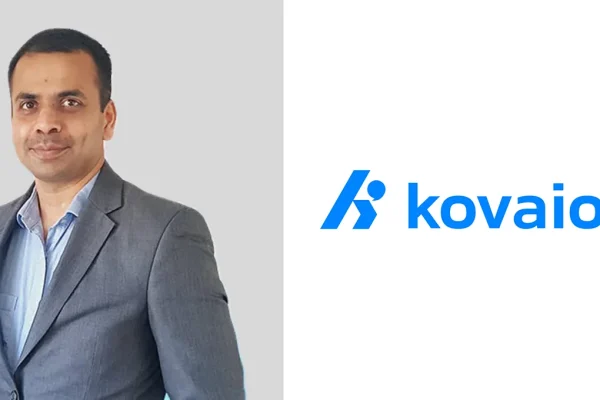In the sprawling lanes of Indian cities and the quiet corners of rural towns, the familiar blue-and-white Paytm QR code is now as ubiquitous as the currency notes it complements. Behind this transformation is Vijay Shekhar Sharma, the dynamic founder of Paytm, who redefined digital transactions and ushered in a new era of financial inclusion for millions of Indians.
What started as a simple mobile wallet quickly evolved into a revolutionary platform that reached every kirana store, rickshaw puller, and roadside tea stall. Vijay Shekhar Sharma’s vision was not just to digitize payments but to democratize financial empowerment.
Making Digital Payments a Way of Life
Vijay Shekhar Sharma’s mission with Paytm was deeply rooted in accessibility. At a time when India was still largely dependent on cash, he identified the potential of mobile-first financial services and took a bold bet on QR code payments.
By introducing QR-based payment solutions even in the remotest towns, Paytm broke the barriers of cost, language, and infrastructure. With just a smartphone and a sticker, any shopkeeper could become a part of India’s digital economy—no expensive card machines or complex processes required.
Today, millions of transactions take place every day through Paytm—from buying milk at a local dairy to paying for an auto-rickshaw ride. Sharma’s innovation turned the smartphone into a powerful economic tool, especially for the underserved.
Financial Inclusion at Scale
But Paytm wasn’t just about payments. Sharma envisioned a complete digital ecosystem that offered wallets, UPI, micro-lending, insurance, and investment options. For many Indians, especially in semi-urban and rural areas, Paytm became their first experience with digital finance.
By offering easy-to-use services in local languages and eliminating red tape, Sharma helped bridge the gap between formal banking and the unbanked population. Through Paytm, users could:
- Send and receive money via UPI.
- Pay utility bills without visiting a center.
- Access instant credit and micro-loans.
- Buy insurance and invest in mutual funds.
This frictionless financial experience enabled millions of small merchants and daily wage earners to participate in the formal economy—something once considered out of reach.
Empowering the Backbone of India’s Economy
Vijay Shekhar Sharma’s most significant contribution lies in how he uplifted India’s informal economy. The chaiwala, the kirana owner, the sabziwala, and the autorickshaw driver—once invisible to banks—found visibility, dignity, and opportunity through Paytm.
By digitizing their businesses, these small vendors not only improved efficiency but also gained access to credit histories, working capital, and growth tools that were traditionally reserved for formal enterprises.
In Sharma’s words, “Technology should not just serve the elite—it should empower the masses.” His commitment to this belief helped Paytm become more than an app; it became a movement for economic self-reliance.
A Vision Born from Resilience
Vijay Shekhar Sharma’s own journey is as inspiring as the one he enabled for others. Raised in a small town in Uttar Pradesh and educated in Hindi-medium schools, Sharma overcame language barriers, financial struggles, and market skepticism to build one of India’s most iconic tech brands.
His relentless passion, coupled with a deep understanding of the Indian consumer, helped him scale Paytm into a household name—a brand synonymous with trust, simplicity, and empowerment.
Conclusion
In a country as diverse and complex as India, bringing digital payments to the grassroots was no small feat. Vijay Shekhar Sharma achieved this by blending innovation with empathy, creating a platform that works for everyone—from a startup founder in Bengaluru to a vegetable seller in Bihar.
With Paytm, he turned digital wallets into weapons of economic empowerment, reshaping how India transacts, saves, and grows. Sharma’s legacy lies not just in building a fintech company but in transforming the lives of everyday Indians through technology.






















